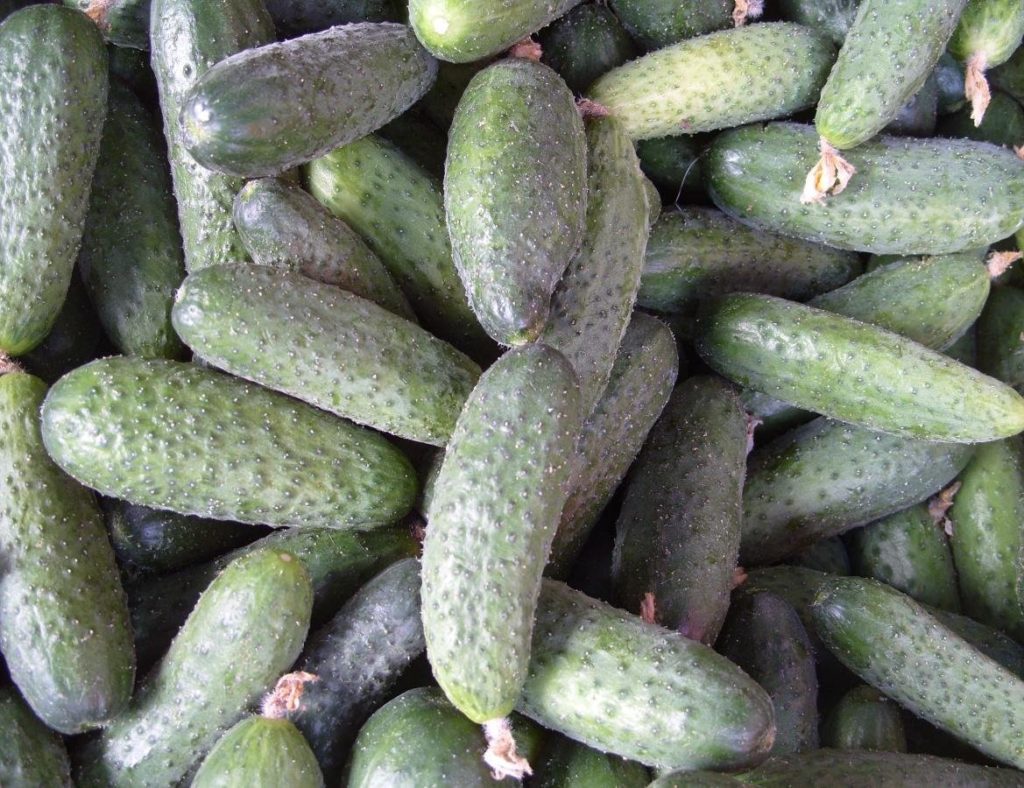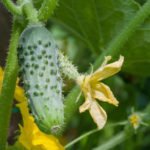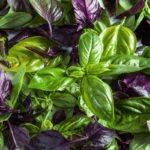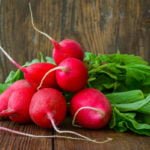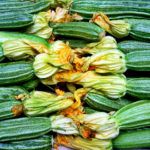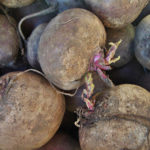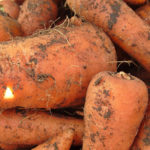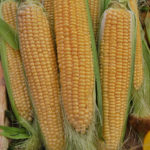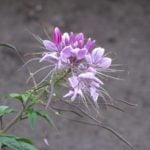Cucumis sativus is an annual monoecious wiry-haired herbaceous vine with a creeping or climbing branched stem with tendrils, up to 300 cm (9.8 feet) long. Native cucumber from tropical regions of India. This is a worthy vegetable of a whole galaxy of pumpkins.
The leaves are large, heart-shaped, 3-5-lobed. Flowers are bisexual, yellow, female solitary, 3-4 cm (1.2-1.6 inches) in diameter, male bundles are collected in the axils of the leaves; they bloom in May-August. Fruits-juicy, green at a young age, mature-yellowish-brown pumpkins; ripen in July-September.

It is recommended for vertical cultivation with the use of supports (trellises, nets), as well as ground covering. It can create dense, green horizontal and vertical surfaces, decorated with bright golden flowers during flowering. Sowing scheme 120-150 x 30 cm (3.9-4.9×1 feet), sowing depth 2-3 cm (0.8-2 inches). Prefers light, slightly acidic or neutral, fertile soil. The best predecessors: peas, potatoes, onions, cabbage.
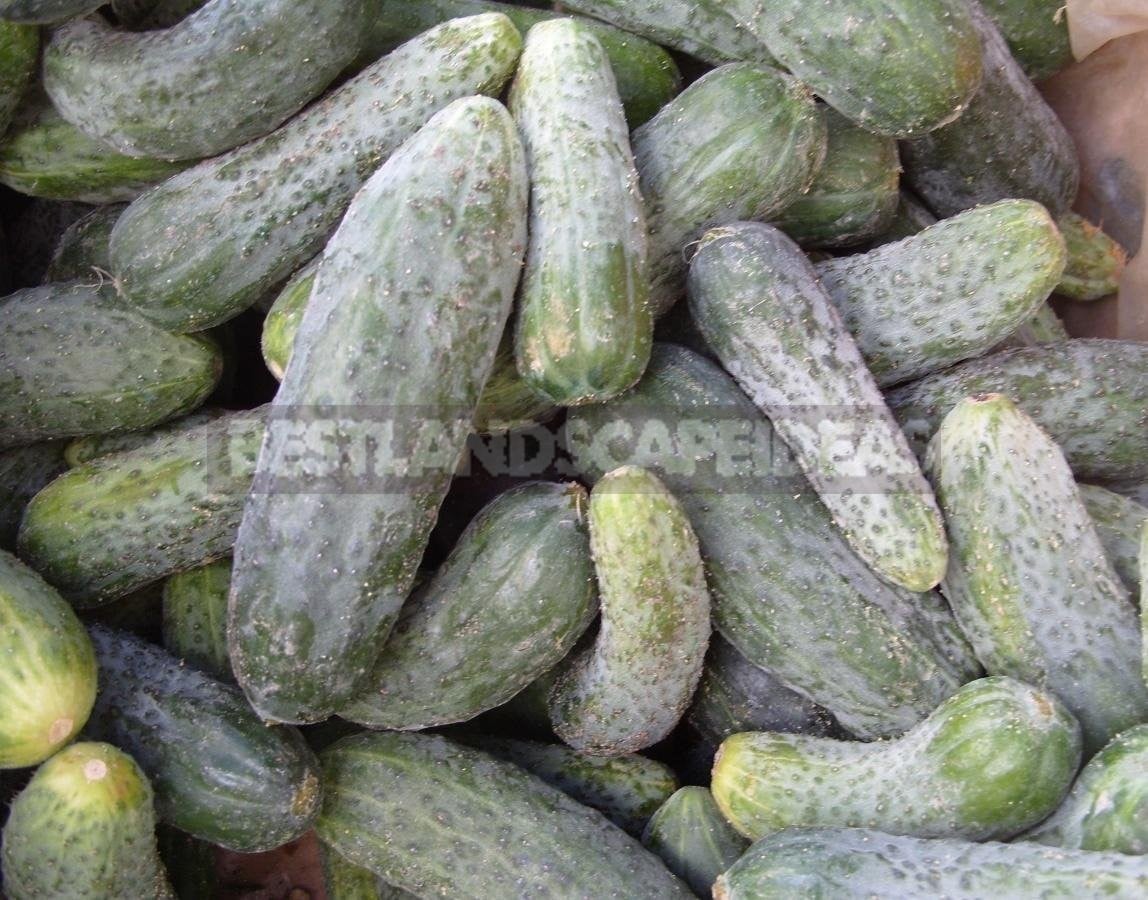
Cucumber is a widely cultivated food, medicinal, and very ornamental plant. In the therapeutic and preventive nutrition, young fruits-greens are used, especially useful for diseases of the cardiovascular system, kidneys, liver, atony and constipation of the intestine, obesity.
As a therapeutic agent, it is characterized by antiarrhythmic, antisclerotic, antitoxic, analgesic, hypotensive, antipyretic, diuretic, alkalizing, antitumor, sedative, laxative, secretolytic, antispasmodic effects.
